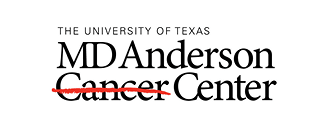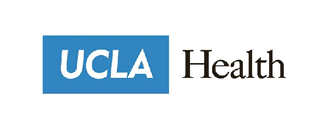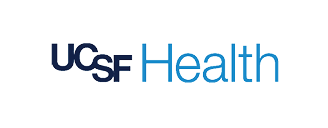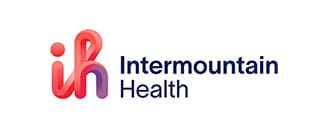A conversation with Eric McGlade and LeAnn Born
Eric McGlade, our Co-Founder and CEO, and LeAnn Born, Founder of LeAnn R. Born Advisory Solutions, recently sat down with Jeanette Weider, Editor-in-Chief of Healthcare Purchasing News (HPN). Together, they explore how health systems can better manage outbound freight using advanced data and technology.
Key points include:
- The shifting focus to outbound logistics management to save costs and align stakeholder interests.
- Establishing data transparency and innovation to drive efficiency in outbound logistics programs.
- Implementing advanced technology to prepare for the future of supply chain management.
Watch the interview now or keep reading for key takeaways.
Navigating changes across the healthcare supply chain
As Weider puts it, “…there’s been tremendous change in the health care industry in the past few years, especially coming into a pandemic, coming out of a pandemic. Continued challenges like staffing, shortages, and metrics like ESG and cybersecurity are all creeping in.”
She continues, “So, LeAnn, with expansion in product shortages and general supply chain reliability, how does that change your focus on outbound intranetwork shipping?“
In response, Born highlights the historical tendency for health systems to focus a lot on inbound freight, often at the expense of their outbound and courier networks. As a result, the total spend for outbound shipping programs is often two to five times greater than inbound courier freight spending.
As such, Born notes that there’s a great opportunity for different healthcare stakeholders to partner together to address this spend, along with other issues that arise from unmanaged outbound freight programs.
Bringing various stakeholders and couriers together to achieve these common goals can be difficult. However, Born advocates for using the quintuple aim framework to help unite stakeholders and align expectations.
The quintuple aim consists of five areas of focus within health systems: population health, patient experience, health equity, cost, and workforce well-being. By utilizing this framework to meet internal customers where they are, healthcare leaders can deliver outcomes that satisfy stakeholders in charge of each of these five key areas.
To summarize this idea, Born said, “The time is right for us to use supply chain and supply chain opportunities as a time to bring different internal stakeholders together. So we can do that around any cost savings initiative, any clinical product decision, and I think we can do that around courier strategies.”
Optimizing outbound courier networks
Next, Jeanette invited McGlade to share more about his experience building the concept of freight management from the ground up starting 20 years ago.
“As you look into the future,” said Weider, “how do you plan to leverage the same principles of transparency, flexibility, and innovative technology to optimize outbound delivery logistics and push the boundaries of what’s possible in healthcare supply chain management?“
In response, McGlade noted that, as Born mentioned, the industry has been focused on inbound freight management for many years, but now is the time to shift more focus toward optimizing outbound freight management as well.
“…You have to have great technology and great data to be able to really manage this,” said McGlade. “In talking with many of these supply chain leaders, it is all about having this data in one place. Today, they don’t.”
Instead, McGlade says many healthcare organizations are operating with a multitude of couriers, upwards of 10 or more. As a result, it’s very difficult for them to optimize routes and avoid excessive spend.
McGlade adds that addressing this issue also ties closely to the quintuple aim. This is because a more efficient outbound network promotes a better customer experience, positive health outcomes, reduced costs, and more.
To close, Weider asks, “Why is technology such a critical piece of this evolving puzzle?“
“At the end of the day,” said McGlade, “you can’t solve problems in this day and age with just people or just services. You have to have both of them, but it has to start with the technology, platform, and data.
“As you grab all that data, then you can analyze that to really figure out how to optimize everything you’re trying to do,” he continued. “But trying to do that in Excel spreadsheets or without the data and just people, it will never work.”
“So you have to have advanced technology to be able to do that effectively. And that fits so well with what we often refer to as people, process, and technology. So you have the technology, you have incredible people, and then we work together to have that good process in place to really leverage that technology.”
If you’re interested in learning more, don’t miss our webinar where McGlade and Born explore the same topic in greater depth.
About VPL
We modernize clinical supply chains to support healthier patients. Our technology-driven solutions and consultative customer experience empower health systems and outpatient pharmacies to build smarter, more resilient supply chains. With over 700 hospitals and a 97 percent customer retention rate, we’re trusted to deliver transparency, cost savings, and peace of mind.


































